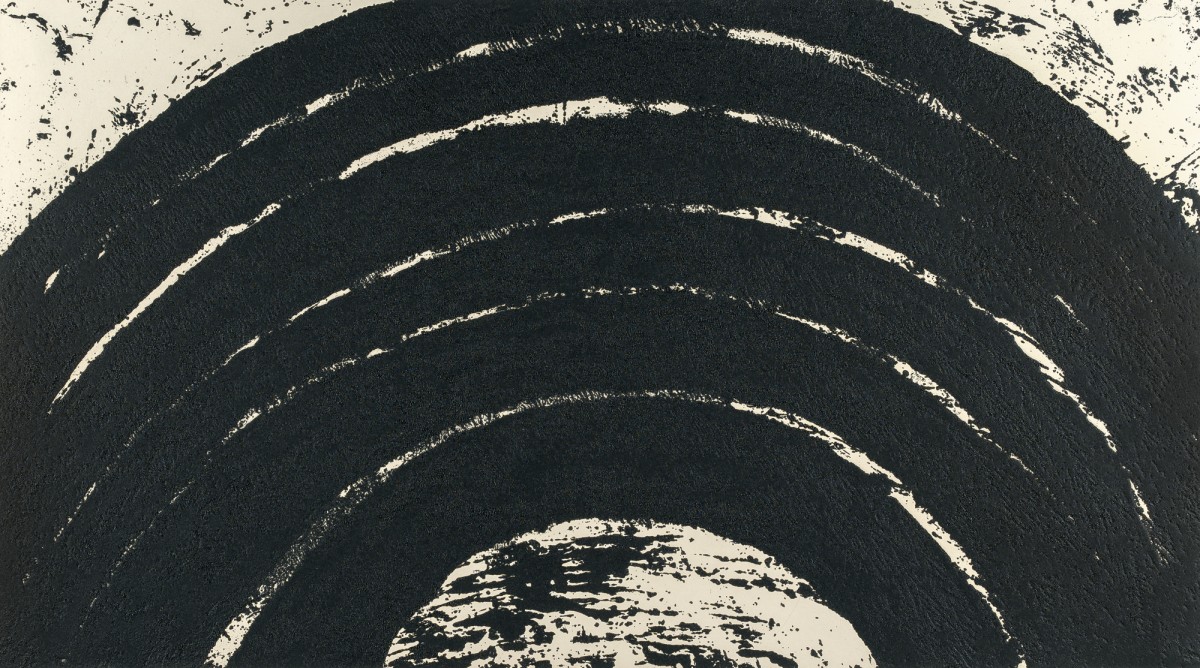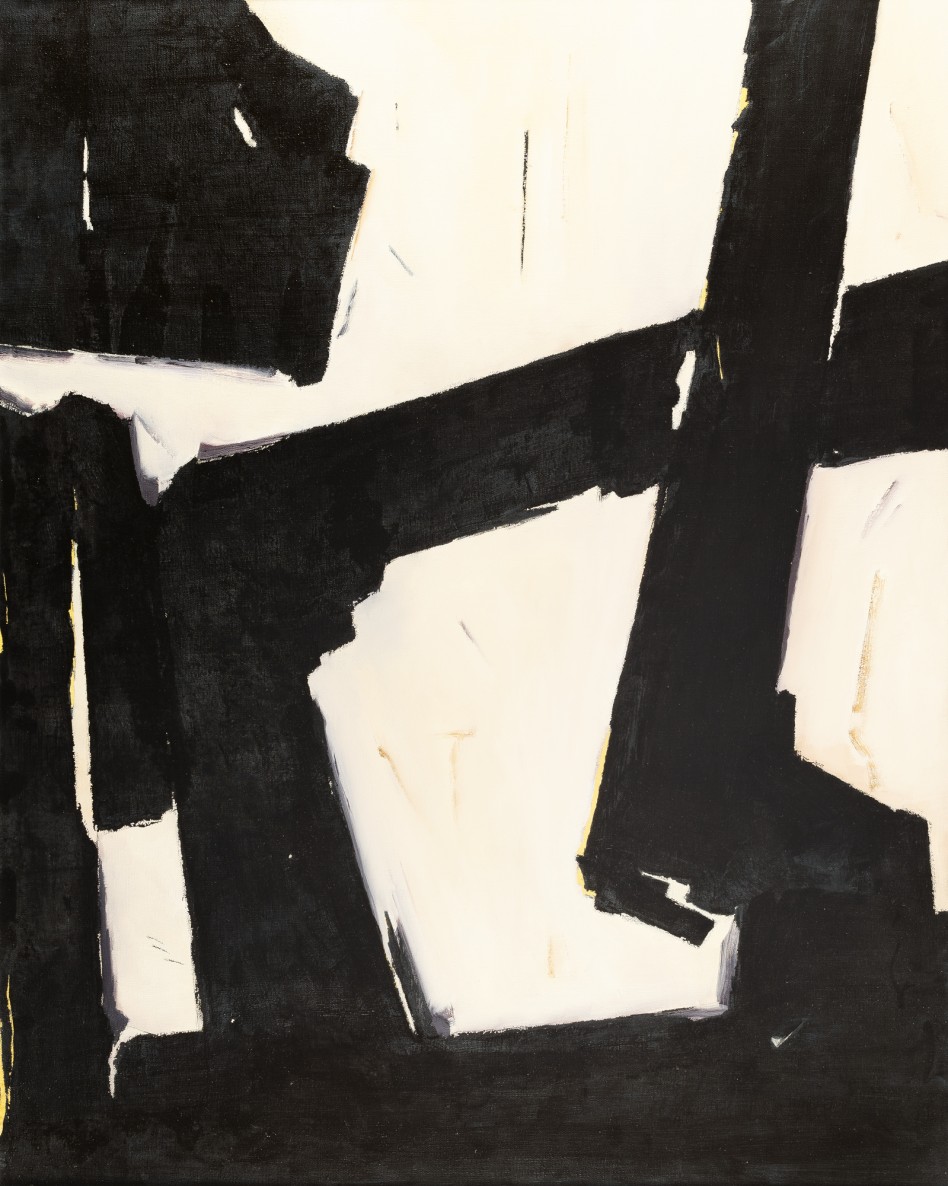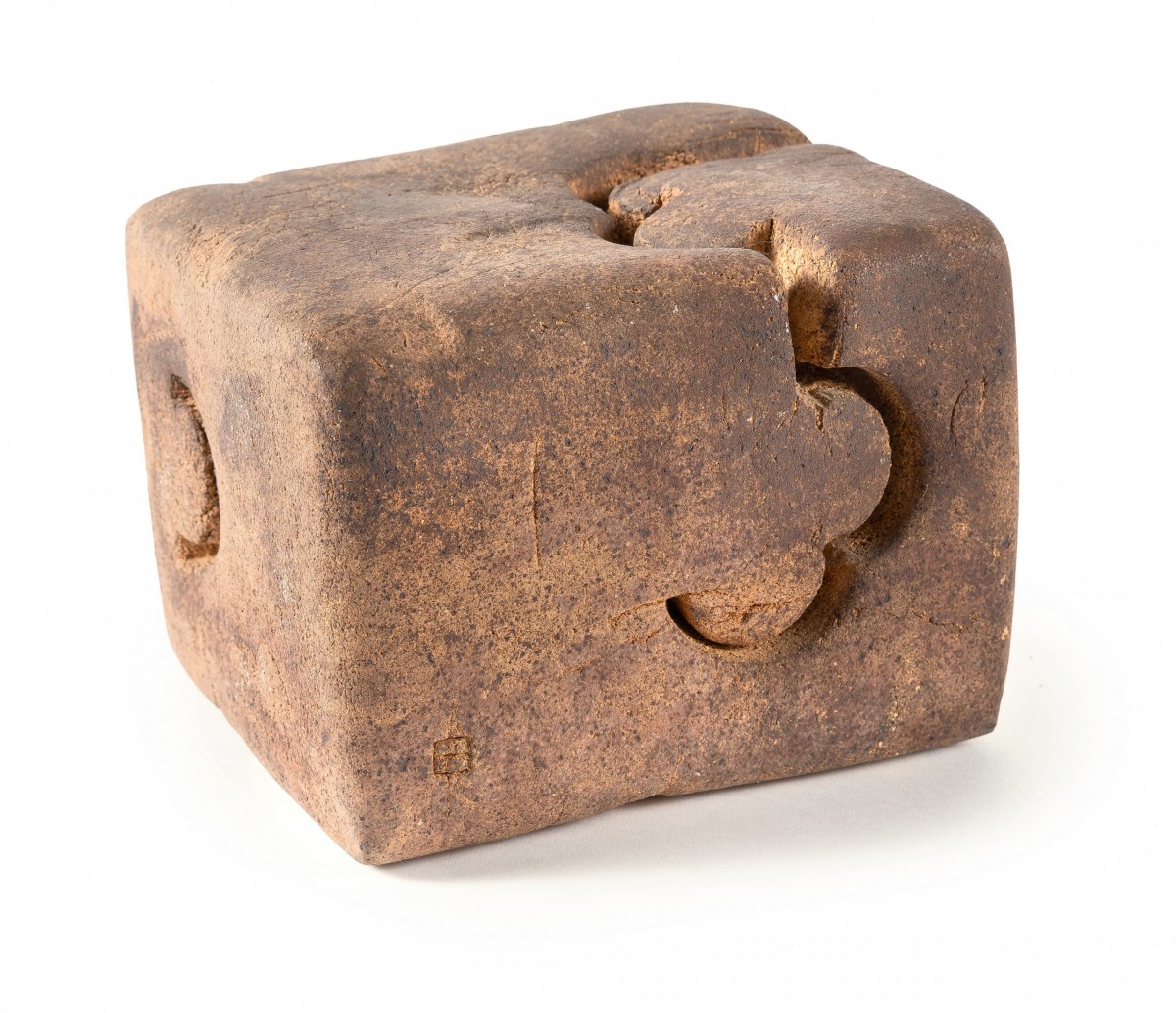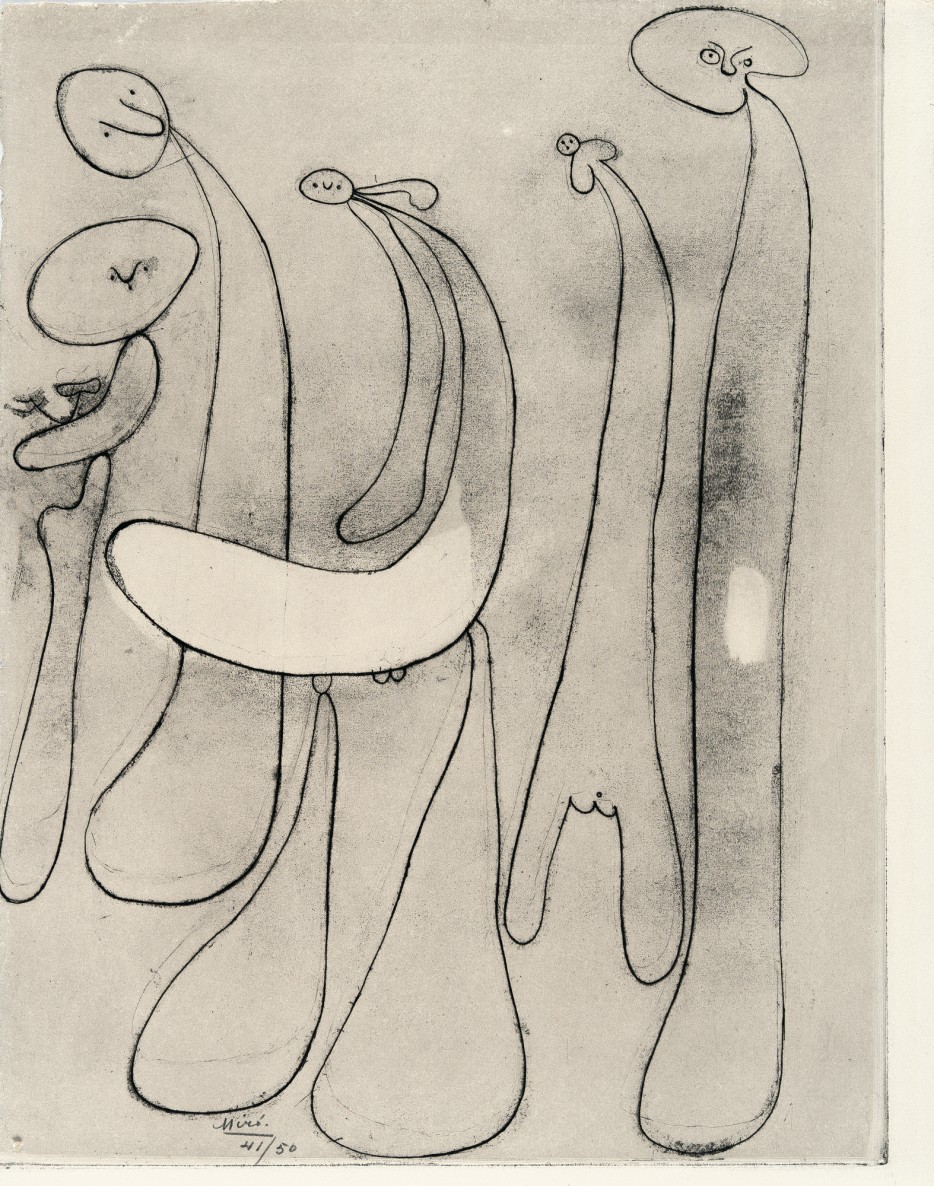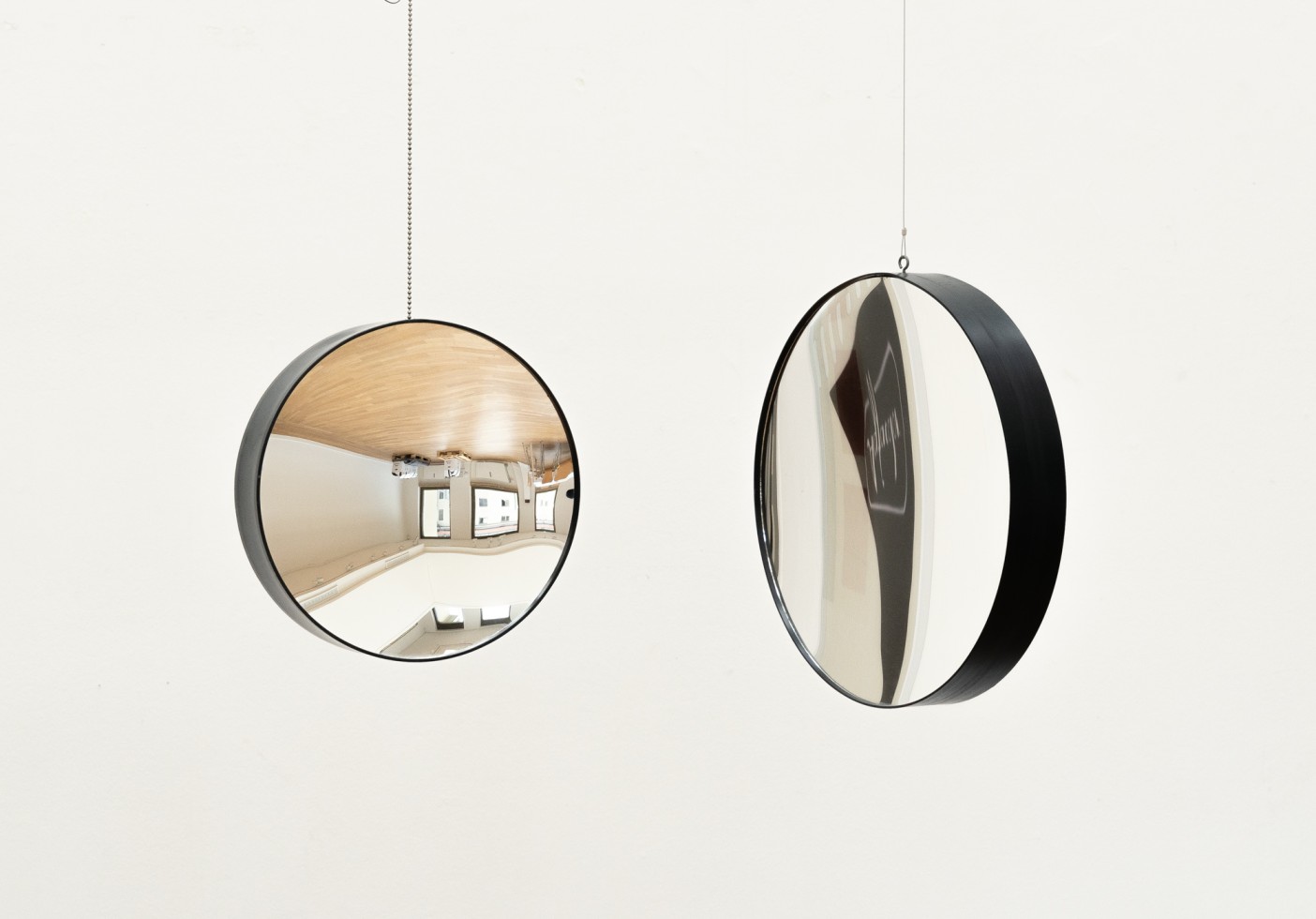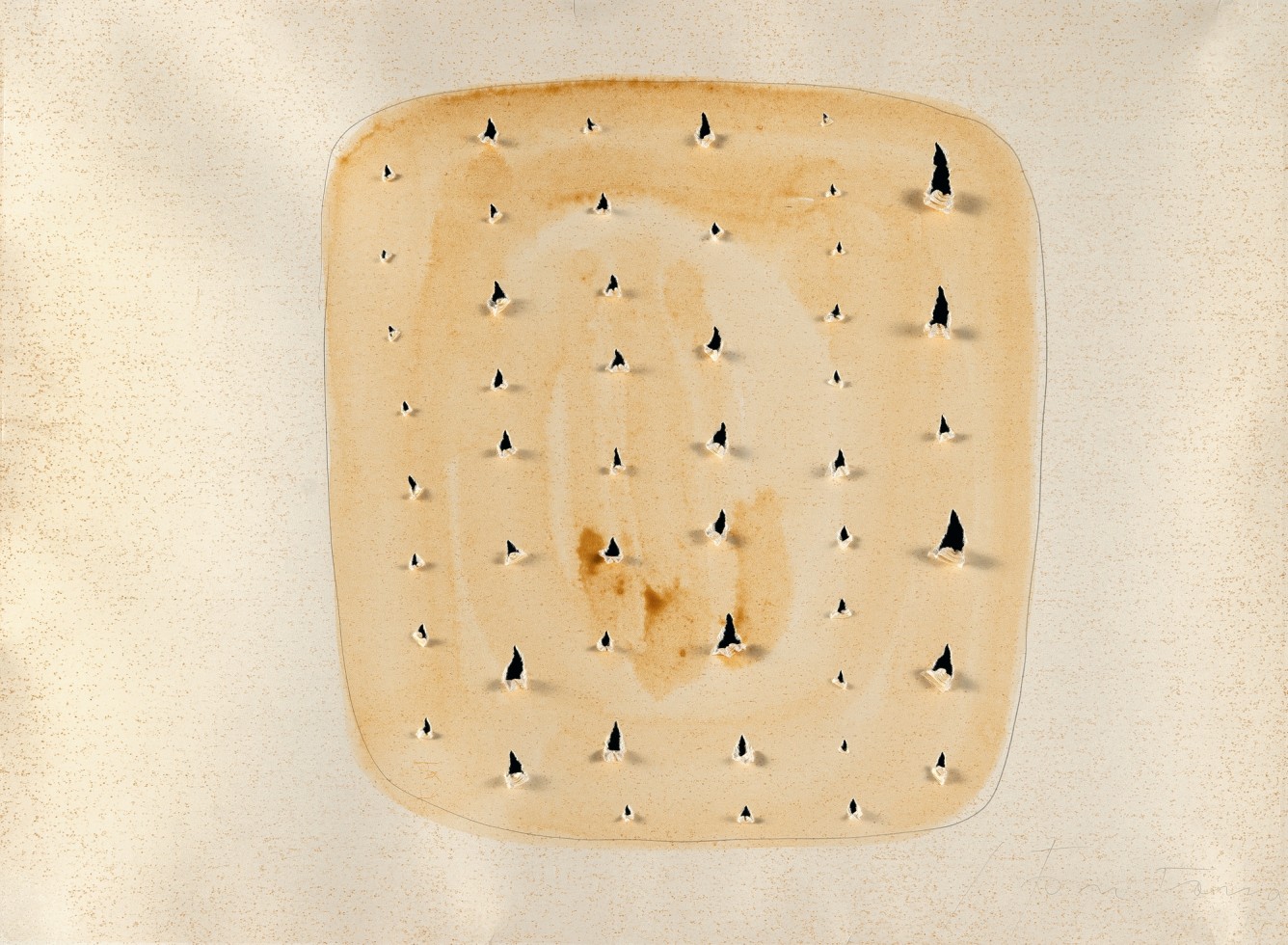Curated Selection by Fiona Dinkelbach
The first issue of our series “Curated Selection” is curated by Fiona Dinkelbach, art historian, photographer and editor of the online magazine TDR. She graduated with a Master of Arts degree in Art, Aesthetics and Media Studies from the Braunschweig University of Art. As in her magazine, the collector of objects has placed special emphasis on forms, surfaces and structures in her selection. The carefully selected positions feature both younger and established artists, German and international names, including Gerhard Richter, Richard Serra, Eduardo Chillida, David Lynch and Franco Viola.
RICHARD SERRA / Path and Edges
For me, Richard Serra is one of the most important contemporary sculptors. His large-format metal sculptures are characterized by the ambivalence of weight and lightness – in his work, steel, weighing tons, is transformed into visually light minimalism. His work focuses particularly on organically shaped objects and site-specific sculptures. But Serra also dedicates himself to painting and printmaking, which are directly in dialogue with his large-format sculptures. The etching Path and Edges shows curved lines that immediately bring to mind Serra’s Torqued Ellipses sculptures.
FRANCO VIOLA / Memorie II
Monochrome color and abstract forms – to me there is almost no better combination for a decorative work of art. But there is so much more to Franco Viola’s work Memorie II: his background lies in landscape painting and in exploring nature. Motifs that are influenced by romanticism as well as by personal experiences, perceptions and memories. Even if we do not see an exact depiction of nature here, the title of the “memory” conveys a melancholy moment and thus, for me, draws a connection to Viola’s graphic landscape works.
EDUARDO CHILLIDA / Lurra G-12
As a collector of objects, I became immediately attracted to the work Lurra-G-12 by Eduardo Chillida, which is one of my absolute highlights of the auction. In addition to his room-sized sculptures, Chillida also occasionally created small sculptures from wood, granite, alabaster and metal. In 1973, he began using the refractory chamotte clay, which particularly characterizes the Lurra series: cuboidal objects with notches and cuts. Puristic and simple, but also decorative.
JOAN MIRÓ / Ohne Titel (Personnages)
Even though my main field of interest is contemporary art, Joan Miró, as a representative of classical Modernism, is one of my favorites of the movement. I had my first contact with Miró after reading André Breton’s surrealist novel Nadja (1928). For me, it served as an introduction to Surrealism and got me excited to further explore Modernism, Dadaism and also Joan Miró. The etching Untitled (Personnages) shows figurative forms which, for me, represent the epitome of his work – enigmatic, abstract and unmistakable.
ADOLF LUTHER / Ensemble von zwei konkaven Rundspiegeln
Artistic positions, which have an interdisciplinary background, are particularly fascinating to me. The two-part object Ensemble von zwei konkaven Rundspiegeln (1968 and 1969), a work by Adolf Luther, is one of my favorites. Luther, who also had a doctorate in law and was a judge, devoted his work to light art. His approach: to make light visible and tangible through installations. Ensemble of two concave round mirrors, creates this – depending on the orientation – by mirroring and reflection.
LUCIO FONTANA / Ohne Titel (Concetto Spaziale)
I first discovered the famous paper cuts of Lucio Fontana’s Concetto Spaziale Attese series at the Art Basel in Miami. The interaction between destruction and illusion has always fascinated me. The abolition of the traditional two-dimensionality of the canvas is the focus of his paper works. Untitled (Concetto spaziale) (1964/65) even goes one step further in my opinion. Here, the paper cuttings look more like a perforation, which – due to their geometric arrangement – create a completely new perspective.
GERHARD RICHTER / Ohne Titel
The abstract composition Ohne Titel (1989) by Gerhard Richter is definitely a highlight of the auction. Richter’s monochrome squeegee works are among my favorites of his oeuvre – they are a contrast to his highly prominent figurative work. In particular, the “randomness” that arises when the tool is pulled off over the oil paint makes Ohne Titel (1989) a showpiece of the auction.
DAVID LYNCH / Box for Monkeys
The surreal visual universe of David Lynch has been with me for over 15 years. His works, especially his cinematic work, fascinated me so deeply that I dedicated my master thesis to the nightmarish reversal of the “American Dream” in Blue Velvet (1986) and Twin Peaks (1990-1991). For me, Box for Monkeys (1988) perfectly visualizes the cinematic moment of the “uncanny” (Freud), a stylistic element often used by Lynch in his cinematic oeuvre. He leaves space for interpretation and uses the “invisible ” (merely the image of a box, but intended for a monkey) as a motif of uncanny suspense.
GIANPIETRO CARLESSO / Deconstruzione XII
When I discovered the marble sculpture by Gianpietro Carlesso in the auction catalogue, I immediately felt taken back to my San Francisco stay last year – Deconstruzione XII seems like a miniature of Armand Vaillancourt’s Vaillancourt Fountain, a fountain on Embarcadero Plaza in downtown San Francisco. One of my favorite places in the city. The three-dimensional sculpture of Carlesso (as well as the fountain) is particularly captivating because of its deconstructive form and rough surface – the alternation between evenly polished and rough, unaltered red marble gives the structure an aesthetic state of tension.
GÜNTHER FÖRG / Ohne Titel (Stele)
What I particularly like about Günther Förg’s work is his interest in 20th century architecture, which has had a exeptional shaping effect on his black and white photographs. Organic as well as geometric forms of modern architecture (e.g. Bauhaus in Tel Aviv) were the focus of Förg’s photographic work. His wide-ranging oeuvre includes architectural photography, painting, drawing and prints as well as plastics. For me, his sculptures are illustrations of a contemporary confrontation with space, construction and object.


